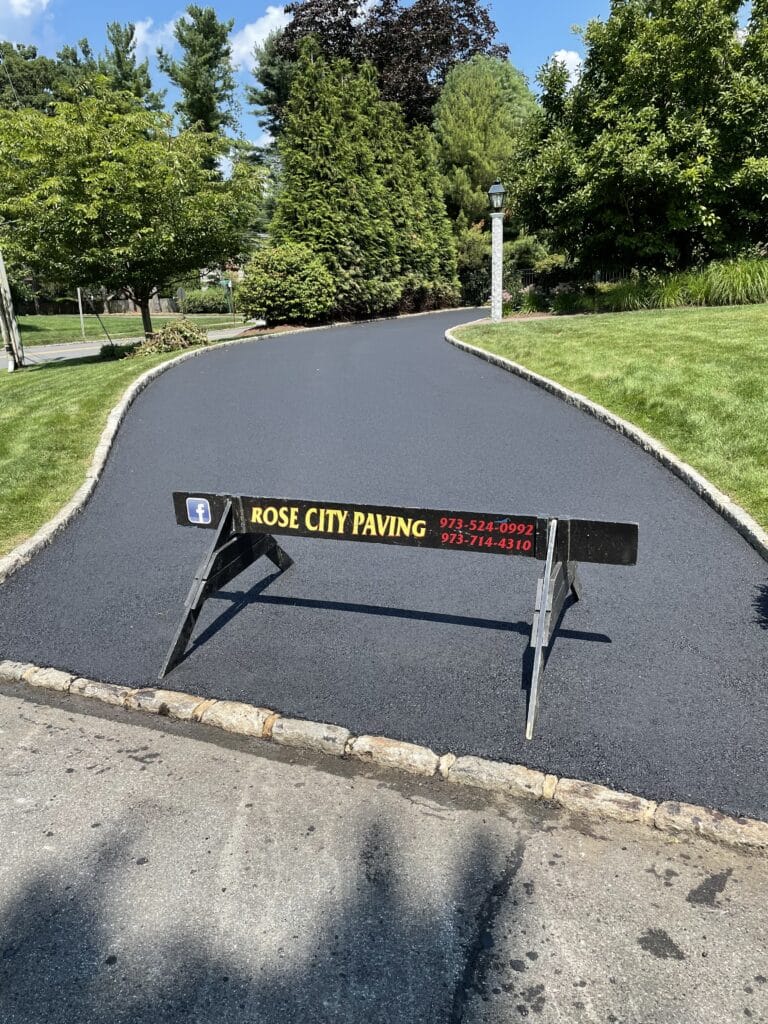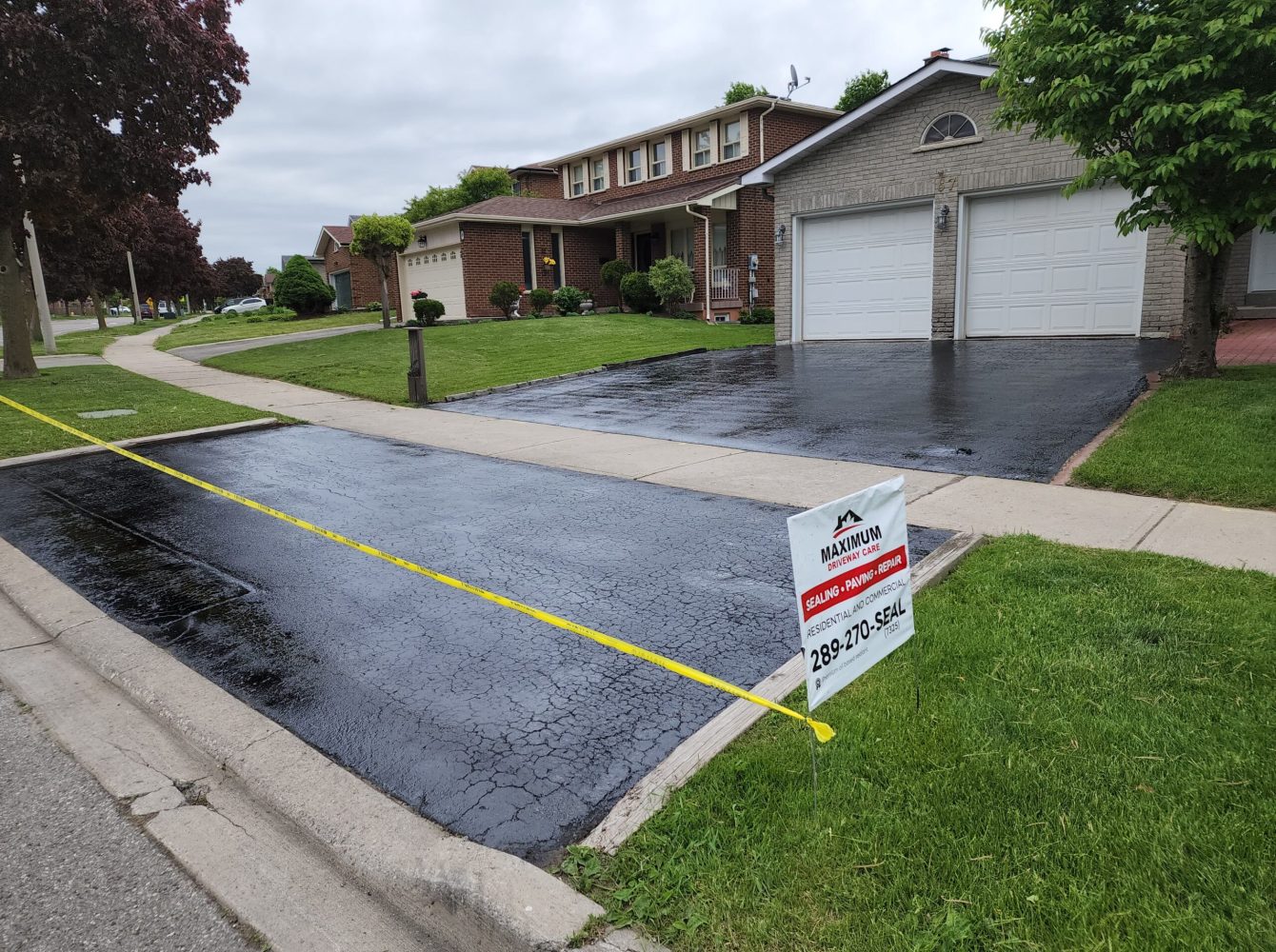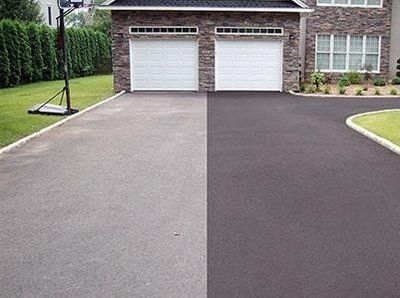Hot Mix Asphalt: A Sustainable Solution for Sidewalk
Hot Mix Asphalt (HMA) has emerged as a leading sustainable selection for sidewalk services, using a myriad of cutting-edge modern technologies and environmental advantages. Its capacity to recycle materials and reduce power consumption presents an engaging situation for its fostering in road building tasks. Furthermore, the lasting efficiency and toughness of HMA make it a preferred option for facilities advancement. As the demand for green building methods grows, checking out the nuances of HMA's sustainability can supply useful insights right into the future of pavement solutions.
Ecological Benefits of Hot Mix Asphalt

Moreover, Hot Mix Asphalt aids to mitigate urban warm island impacts. Its dark color absorbs sunshine, lowering the quantity of warmth reflected back into the environment contrasted to lighter-colored pavements. This can reduce ambient temperature levels in city locations, lowering the demand for cooling and ultimately reducing energy consumption.
On top of that, Warm Mix Asphalt adds to boosted stormwater monitoring. Its permeable nature permits water to infiltrate the sidewalk and reenergize groundwater materials, lowering overflow and the risk of flooding. These environmental benefits make Warm Mix Asphalt a lasting choice for leading highways and roadways.
Energy Performance in HMA Manufacturing
Is energy performance an important aspect in the manufacturing of Hot Mix Asphalt (HMA)? Power plays a considerable duty in the manufacturing of HMA, impacting both cost and environmental sustainability. One key facet of energy performance in HMA production is the usage of warm mix asphalt (WMA) innovations.
In addition, developments in plant technologies have actually caused more energy-efficient HMA production procedures. Modern plants are made with features like recycled asphalt sidewalk (RAP) processing abilities, reliable burner systems, and boosted insulation, all adding to energy financial savings. By maximizing power usage in HMA manufacturing, the market can minimize its carbon footprint while keeping high-quality sidewalk materials. Energy effectiveness is, for that reason, a critical consideration in making certain the sustainability of Hot Mix Asphalt production.
Recyclability of Warm Mix Asphalt
The recyclability of Warm Mix Asphalt (HMA) is a crucial facet of its sustainability and long-term environmental effect. HMA is just one of the most recycled products in the USA, with over 100 million lots of reclaimed asphalt pavement (RAP) being reused every year in new pavement construction. Recycling HMA uses a number of ecological advantages, such as reducing the demand for virgin products, decreasing power intake throughout manufacturing, and reducing the quantity of waste sent to garbage dumps.
The procedure of reusing HMA entails crushing the existing sidewalk, squashing it into smaller sized items, and blending it with new aggregate and asphalt binder to produce a recycled mix. This recycled mix can frequently execute along with or perhaps far better than standard HMA, while calling for less raw products and generating reduced greenhouse gas discharges. By integrating RAP right into brand-new sidewalk tasks, commercial parking lot paving road firms can save natural deposits, decrease costs, and decrease the ecological impact of roadway building and maintenance activities. Overall, the recyclability of HMA plays a significant duty in advertising sustainable methods within the pavement sector.

Long-Term Performance of HMA
Asphalt sidewalks show resilience and durability over an extended period, mirroring the lasting performance of Warm Mix Asphalt (HMA) The durability of HMA can be credited to its capacity to stand up to rush hour tons, rough climate condition, and the results of aging. Studies have revealed that properly designed and correctly built HMA sidewalks can last for two decades or more with routine upkeep. The trick to optimizing the lasting performance of HMA lies in utilizing top quality products, adhering to best practices in building, and carrying out reliable upkeep methods. Correct drainage, routine evaluations, and timely repair services are crucial for maintaining the structural integrity of HMA pavements in time. Furthermore, improvements in HMA innovation, such as using polymer-modified binders and cozy mix asphalt, have additionally boosted the sturdiness and durability of HMA pavements. By prioritizing high quality building and upkeep techniques, HMA remains to verify itself as a cost-efficient and sustainable service for lasting pavement framework.

HMA: Sturdiness and Sustainability
Showing both durability and sustainability, Hot Mix Asphalt (HMA) has actually become a keystone in the building of durable sidewalk frameworks - regrading. HMA's longevity stems from its capability to hold up against hefty loads, extreme weather, and high traffic quantities, making it a dependable choice for roadways, highways, and airport runways. The make-up of HMA, which commonly includes accumulations, binder, and filler, plays an essential function in improving its durability and resistance to tear and wear
Additionally, HMA's sustainability exists in its recyclability and energy-efficient manufacturing procedure. The capacity to recycle reclaimed asphalt pavement (RAP) in new HMA mixes decreases the demand for virgin products and lessens the ecological influence of sidewalk building and construction and maintenance. Furthermore, the energy efficiency of producing HMA exists in its reduced blending temperature levels contrasted to various other sidewalk materials, leading to minimized power consumption and greenhouse gas emissions.
Conclusion
In verdict, warm mix asphalt (HMA) offers a lasting option for pavement with its eco friendly features. HMA's recyclability, power effectiveness in production, and lasting toughness make it an environmentally friendly selection for road building.
HMA is one of the most recycled products in the United States, with over 100 million bunches of recovered asphalt sidewalk (RAP) being reused each year in new sidewalk building.The procedure of reusing HMA entails crushing the existing pavement, crushing it right into smaller sized items, and blending it with new aggregate and asphalt binder to produce a recycled mix.Asphalt sidewalks show sturdiness and resilience over an extended duration, reflecting the long-lasting efficiency of Hot Mix Asphalt (HMA) Furthermore, advancements in HMA innovation, such as the usage of polymer-modified binders and warm mix asphalt, have additionally enhanced the sturdiness and long life of HMA pavements. The capability to recycle reclaimed asphalt pavement (RAP) in brand-new HMA combinations decreases the demand for virgin products and decreases the environmental impact of pavement building and upkeep.